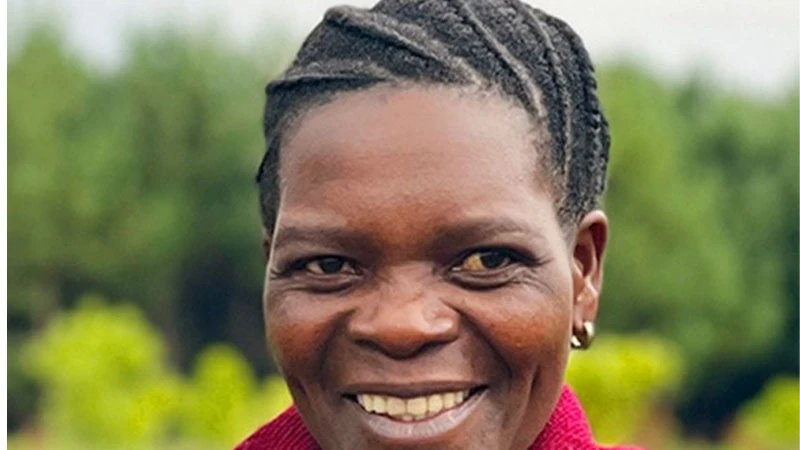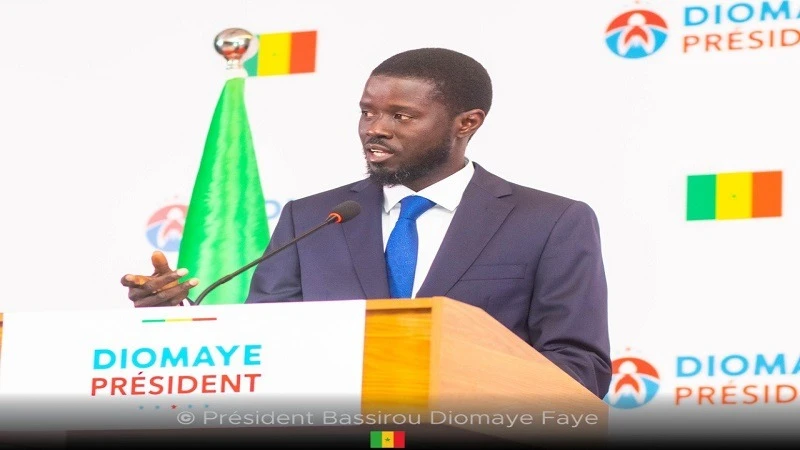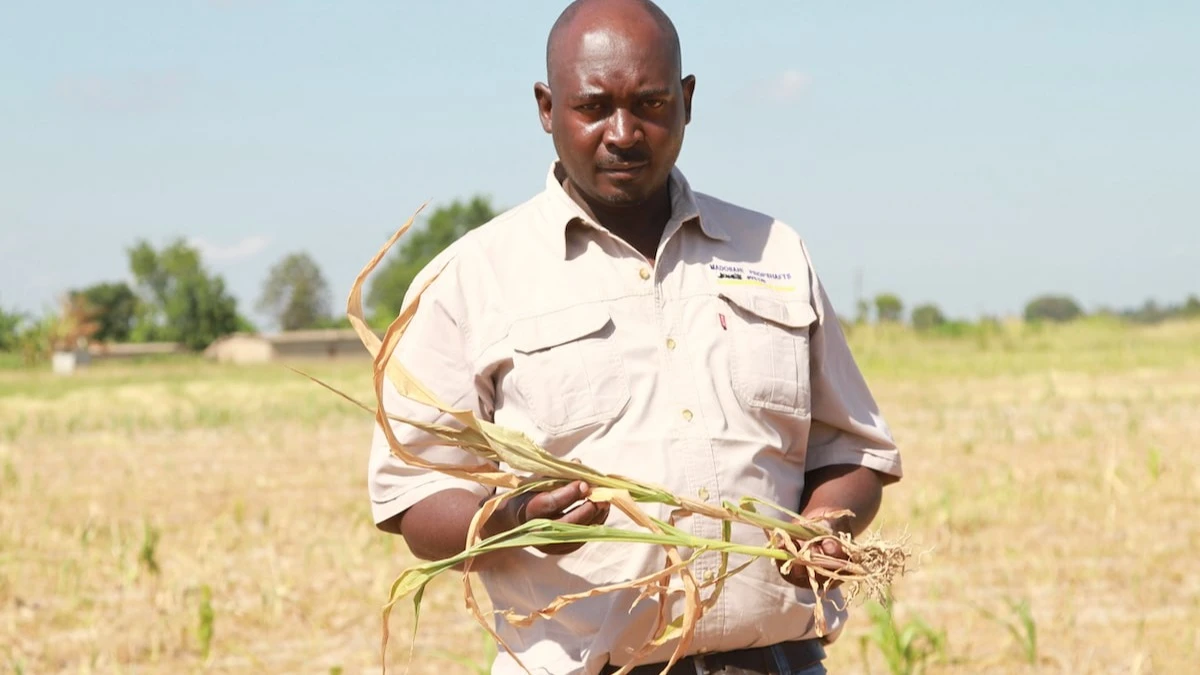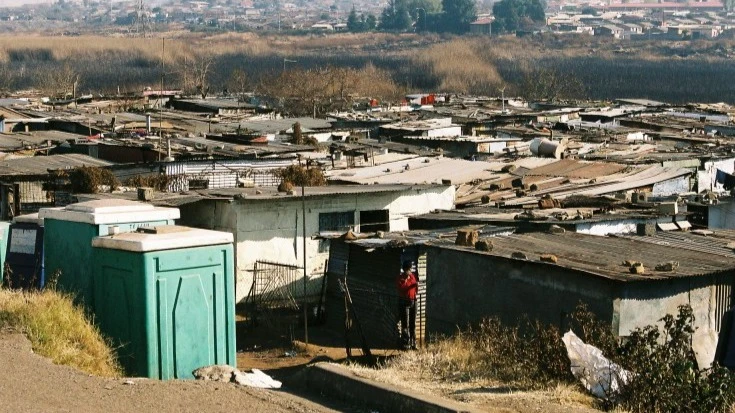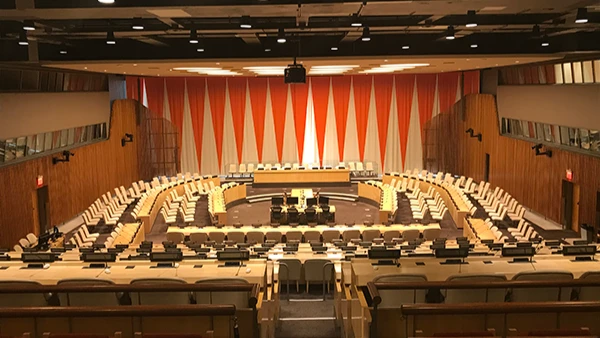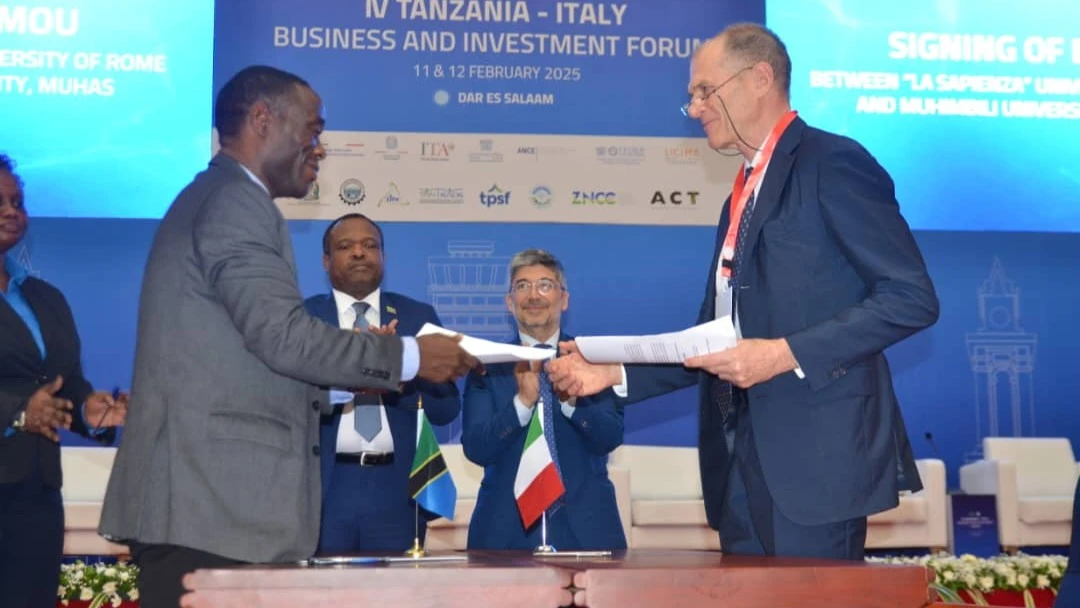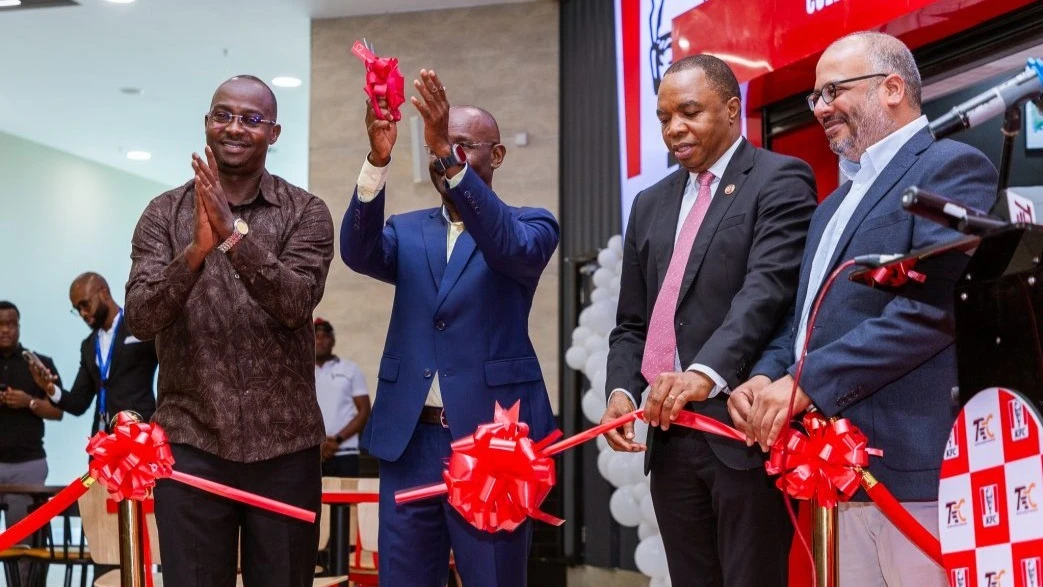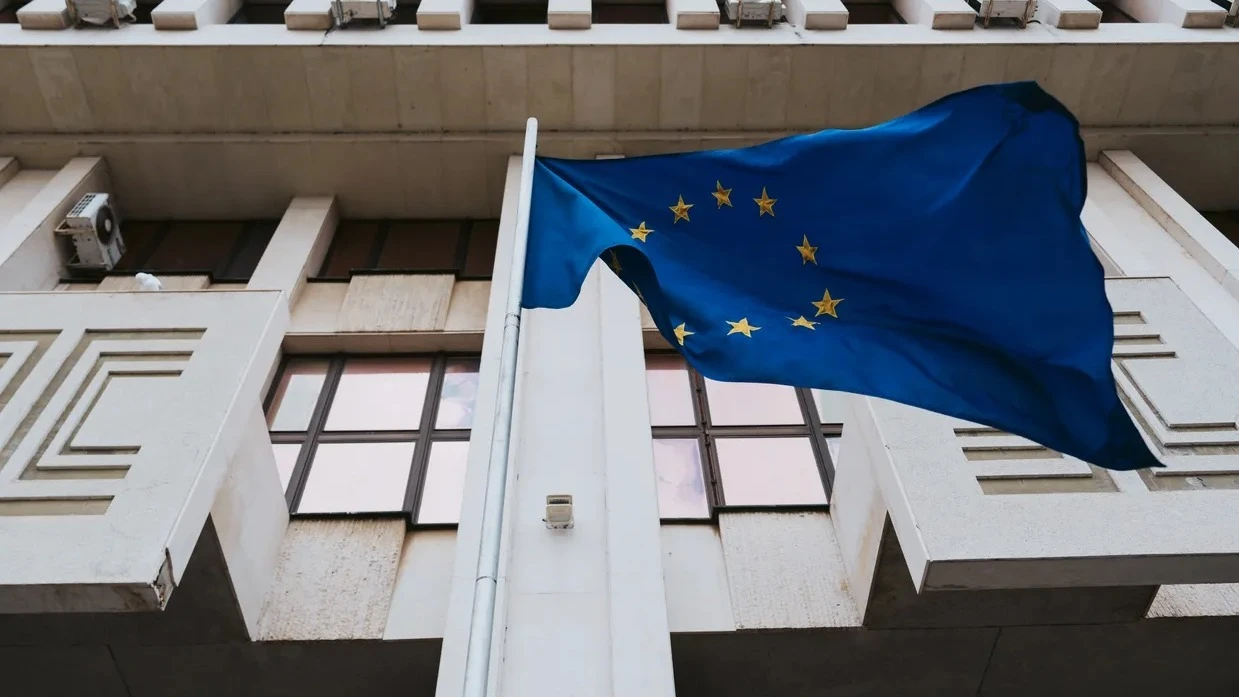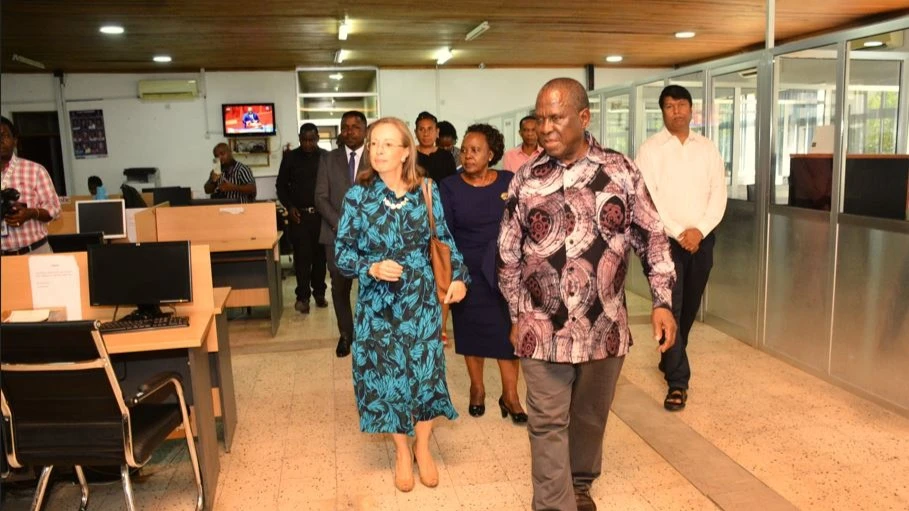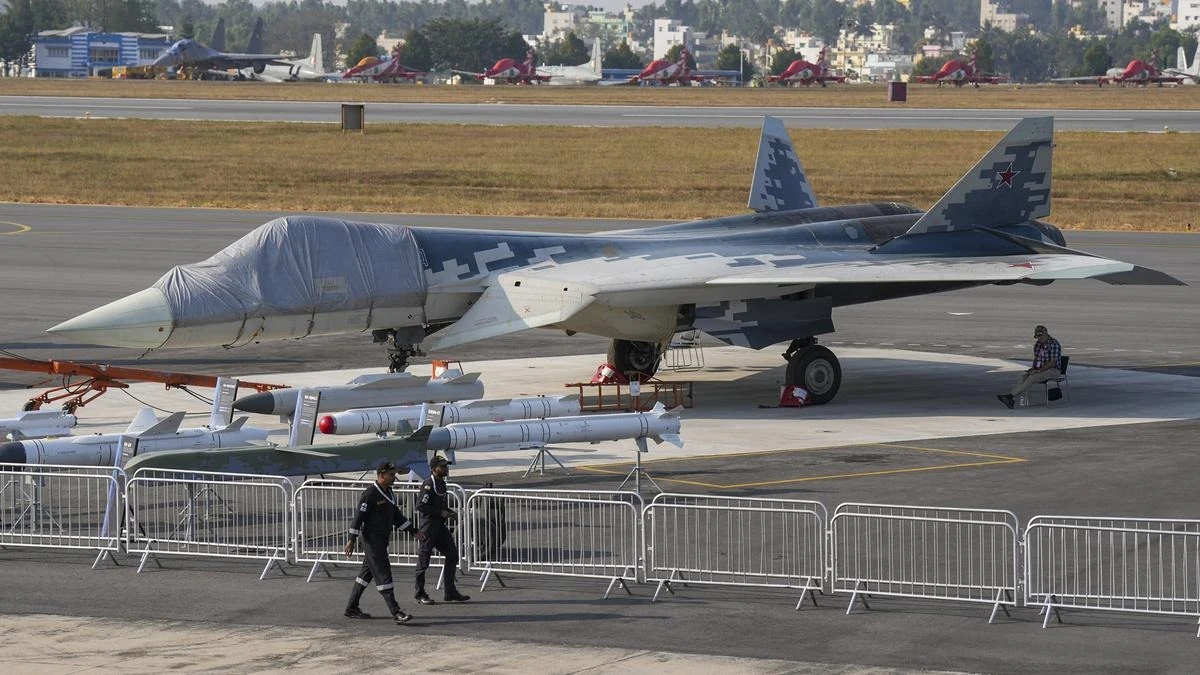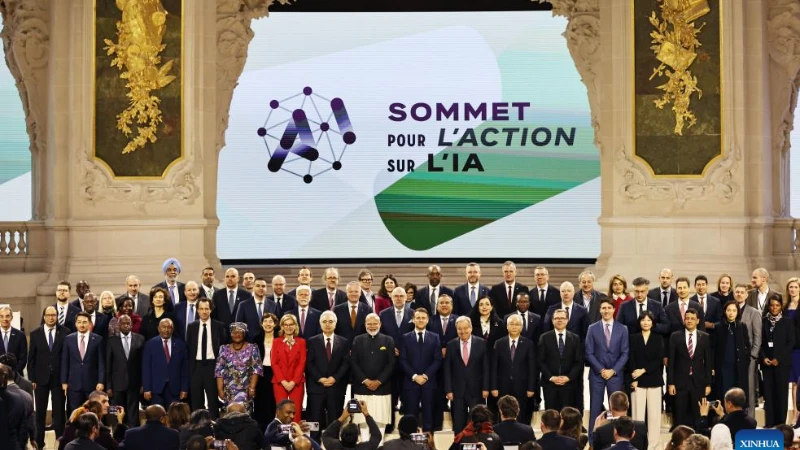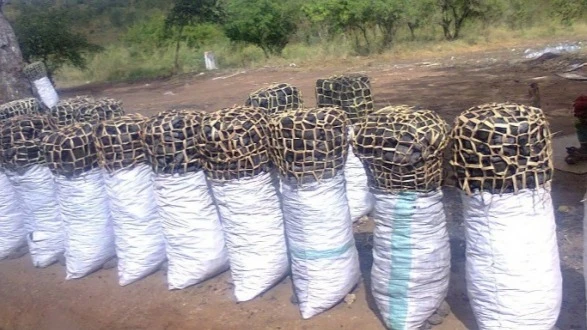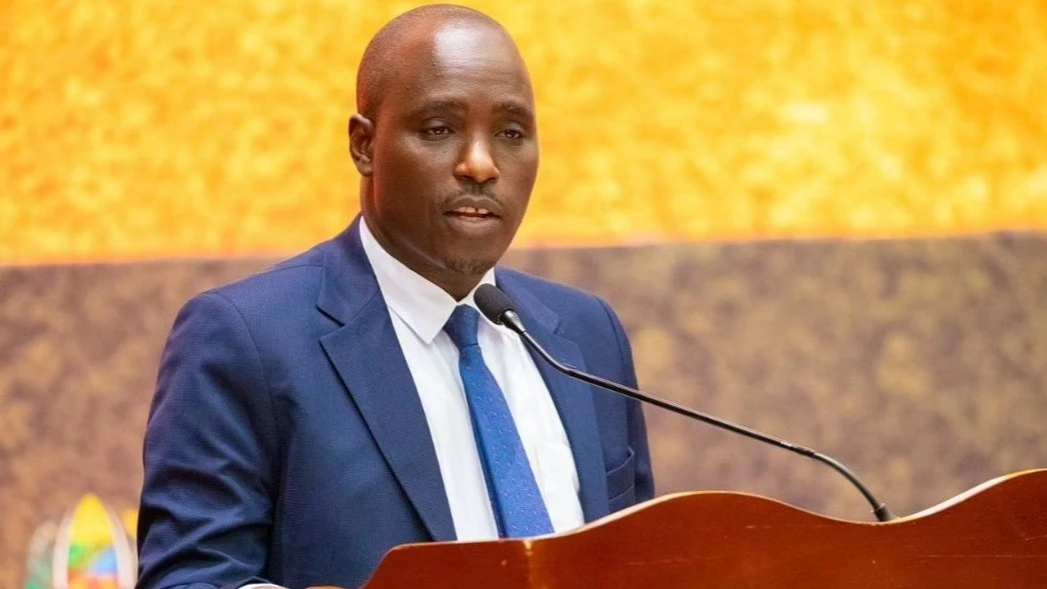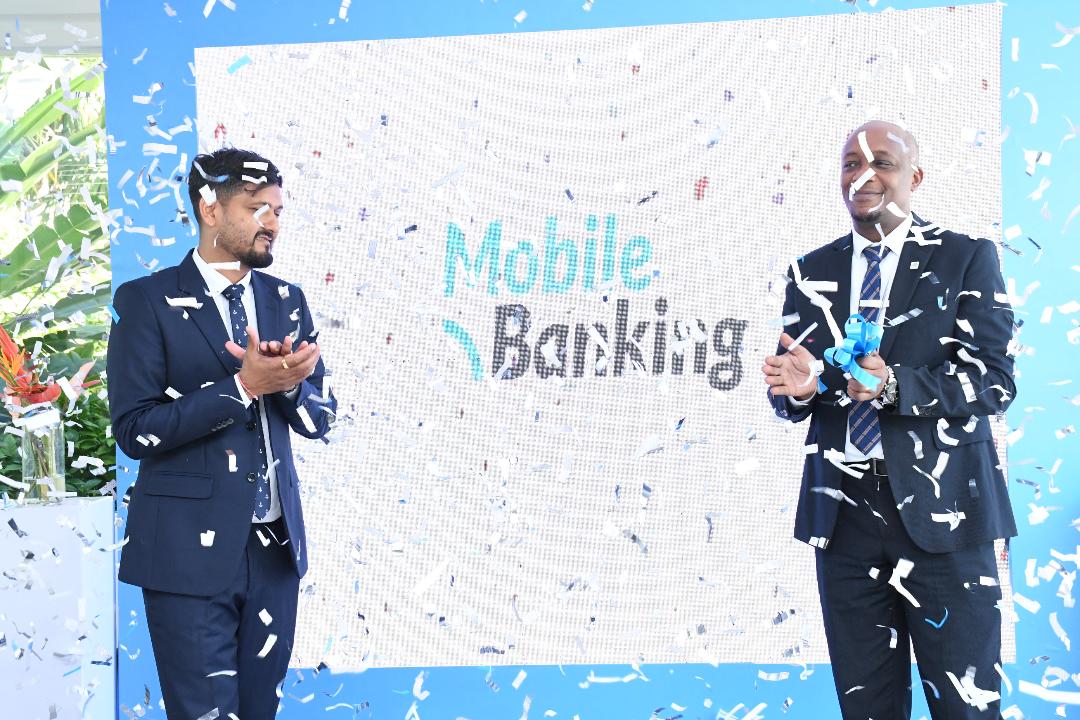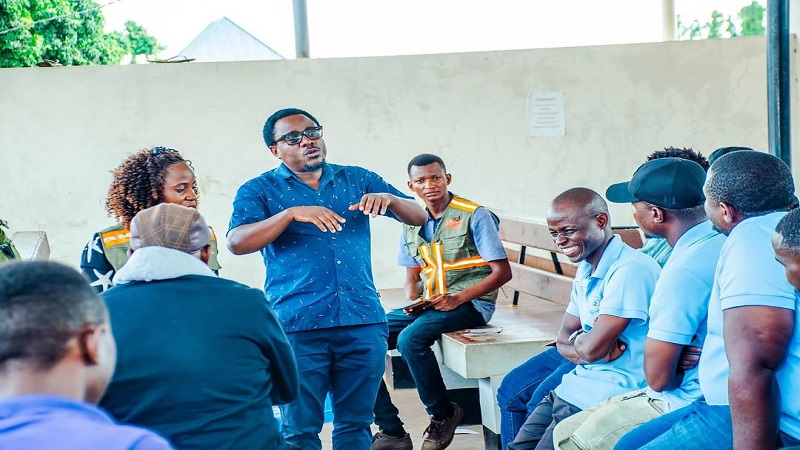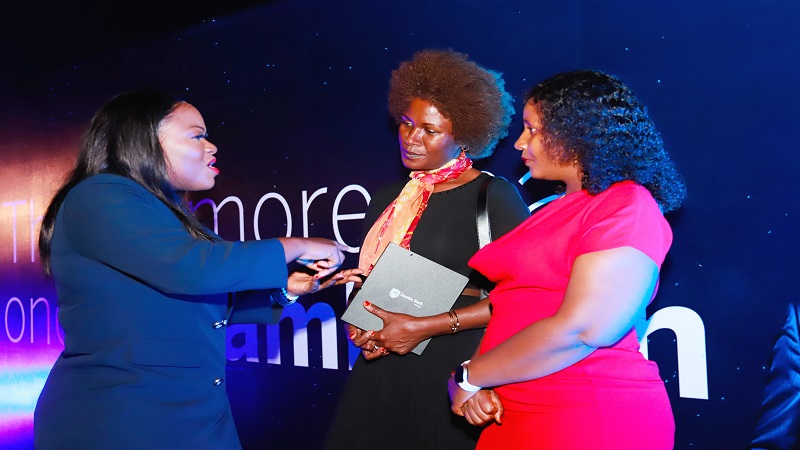Transforming education: Pre-Form One tuition as a tool for inclusive and collaborative learning
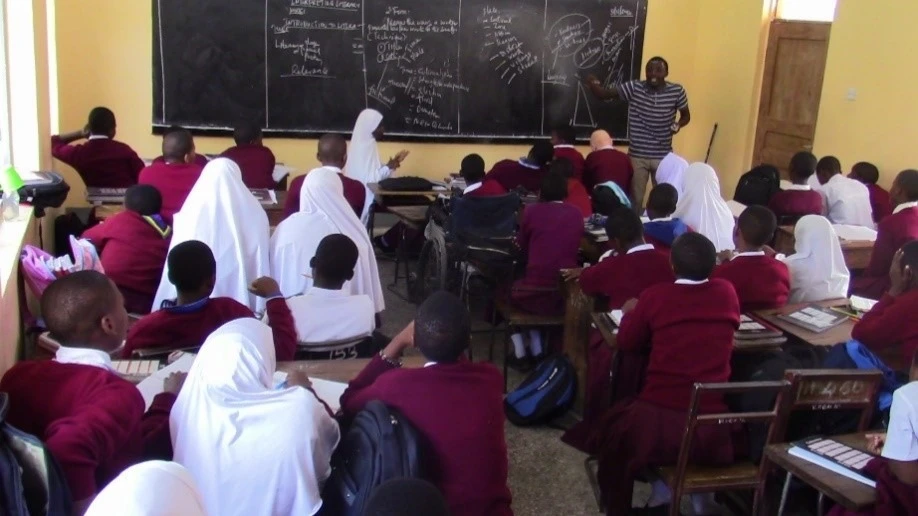
DURING December school holidays, many students transitioning from primary to secondary school in Tanzania engage in pre-Form One tuition. This practice prepares them for the academic challenges ahead, with some students mastering topics their peers will only encounter in the classroom.
These students often arrive at secondary school confident and eager, raising hands quickly and answering questions with ease. Their enthusiasm, however, can sometimes create a gap between them and their classmates, especially those encountering these subjects for the first time.
Teachers play a pivotal role in nurturing such potential. Recognizing and rewarding effort, rather than stifling curiosity, is crucial. Encouraging these students positively, while maintaining balance, helps foster a healthy learning environment. Teachers should motivate advanced learners without alienating others, creating a classroom dynamic where every student thrives.
Education is a two-way process where teachers stimulate learning rather than simply delivering information. In today's tech-driven world, students often have access to extensive knowledge through the internet.
It’s not uncommon for them to encounter information beyond the teacher’s lesson plan. This requires educators to embrace humility and adaptability, facilitating discussions that value diverse viewpoints.
Challenges arise when students who attend tuition feel overconfident. They might struggle to remain attentive during lessons, comparing classroom content with what they’ve already learned outside school.
This can disrupt learning dynamics and undermine discipline. To address this, teachers must balance nurturing student potential while instilling the value of patience and respect for the classroom structure.
A modern educator should not act as the sole authority in the learning space. Instead, they should encourage open dialogue and collaborative knowledge-building. Rather than a preacher delivering rigid truths, a teacher should inspire students to explore, question, and grow.
However, in many schools and colleges, the reality differs. Students who excel or think critically often face resistance. Dismissive remarks like, "You think you know it all because of tuition?" or "Wait until the exam; you’ll see," can crush a student’s enthusiasm. These comments, far from constructive, often force students to suppress their curiosity and conform to rote learning patterns.
The issue is not confined to lower education levels. At universities, some lecturers penalize students for deviating from rigid academic conventions, even when their alternative approaches are valid.
This stifles innovation and reduces academic work to mechanical repetition. Thesis writing, for instance, often prioritizes adherence to format over original thought, discouraging exploration and creativity.
The role of teachers becomes crucial in this context. They must foster an environment where the more advanced students feel encouraged without alienating or demotivating others.
Lev Vygotsky’s idea of the Zone of Proximal Development highlights how learning thrives through collaboration between students and teachers. His approach involves allowing students to share their understanding, explore areas they wish to learn more about and reflect on what they’ve gained. A classroom where ideas are exchanged freely rather than dictated becomes a space where every student benefits.
This method echoes Paulo Freire’s belief that teaching should involve dialogue rather than hierarchy. Freire's approach could transform learning environments in Tanzanian schools, where resources are often limited.
Instead of teachers dictating facts, they could encourage students to work in groups, debate ideas, and share their experiences. In rural areas, where teachers frequently face large class sizes and limited teaching aids, such practices are already taking root.
A teacher in Kigoma, for instance, encouraged students to split into teams to solve math problems when only a single textbook was available. The students debated solutions and arrived at answers collectively, showing that collaboration can flourish even in resource-strapped conditions.
John Dewey’s philosophy reinforces this idea, emphasizing that education should stem from experience. Practical learning, particularly in underprivileged schools, bridges the gap created by resource shortages.
A teacher in Mwanza led a Biology lesson by exploring nearby plants with her students, encouraging them to observe and hypothesize about their characteristics. This approach not only made the lesson more engaging but also allowed students to connect classroom theories to real-world observations.
Jean Lave and Etienne Wenger’s concept of “communities of practice” similarly underscores the value of shared learning. When students collaborate, they learn not just from their teacher but also from each other’s insights.
In one Dar es Salaam classroom, students with varying levels of understanding worked together to decode Shakespearean passages, combining interpretations and building a collective understanding. Such activities highlight how mutual support deepens learning, particularly when resources like books are scarce.
Sugata Mitra’s groundbreaking experiments further underline the power of curiosity-driven learning. His “Hole in the Wall” project demonstrated how children could teach themselves and each other when given access to even minimal resources.
In a Tanzanian school outside Dodoma, where only a single computer was available, a teacher applied Mitra’s principles by letting students take turns exploring its functions. Through trial, and error, and shared discovery, they gained skills far beyond what the teacher initially anticipated, exemplifying how curiosity fuels education.
Yet, challenges remain. Students who attend tuition classes often face criticism rather than encouragement. Teachers, either out of frustration or a desire to maintain control, may dismiss their enthusiasm. Phrases like, "You only know this because of tuition," or "Stop being disruptive," are common, stifling the confidence of students eager to engage.
This problem extends to universities, where rigid adherence to academic norms can discourage creativity. Students report being penalized not for inaccuracy but for presenting ideas in ways that deviate from their lecturers' preferences. This system of suppressing originality and prioritizing conformity undermines education’s role in nurturing critical thinking and innovation.
Nelson Mandela’s famous declaration that “education is the most powerful weapon which you can use to change the world” rings true only when students are encouraged to think independently and contribute meaningfully.
Tanzanian classrooms, whether in urban centers or remote villages, can become spaces for shared knowledge and mutual respect. This means moving away from the traditional lecture model, where teachers dominate the conversation, and toward a more inclusive, dialogic approach.
In a bustling Arusha classroom with more than fifty students and limited textbooks, a teacher implemented this strategy.
Dividing students into small groups, she assigned each topic to research and present. Using their environment and existing knowledge, students crafted presentations and debated ideas. The result was a dynamic exchange that not only boosted engagement but also deepened understanding, proving that collaborative teaching can overcome resource barriers.
The success of these methods depends on teachers’ willingness to see themselves as facilitators rather than sole authorities. A student in Tanga recounted how a teacher’s simple question— “Why do you think this answer is correct?”—sparked a classroom discussion that reshaped his understanding of Physics. Encouraging students to justify their answers and explore alternative explanations transforms classrooms into spaces of mutual growth.
Vygotsky, Freire, Dewey, Lave, Wenger, and Mitra all offer insights into making education more interactive and empowering. These ideas are not theoretical luxuries but practical necessities for Tanzania’s under-resourced schools.
Teachers must embrace a mindset that values student contributions, fostering an environment where mistakes are part of the learning process. When students feel heard and valued, their potential blossoms.
Tanzania’s education system, like any other, faces structural challenges. However, the resilience and creativity of its teachers and students offer hope. From rural classrooms improvising with minimal resources to urban schools experimenting with collaborative techniques, the path to meaningful learning is clear.
Education is not about filling heads with facts; it is about opening minds, encouraging curiosity, and building the skills needed to tackle a complex world. By prioritizing shared knowledge and critical thinking, Tanzania’s classrooms can become powerful engines of change.
Top Headlines
© 2025 IPPMEDIA.COM. ALL RIGHTS RESERVED


